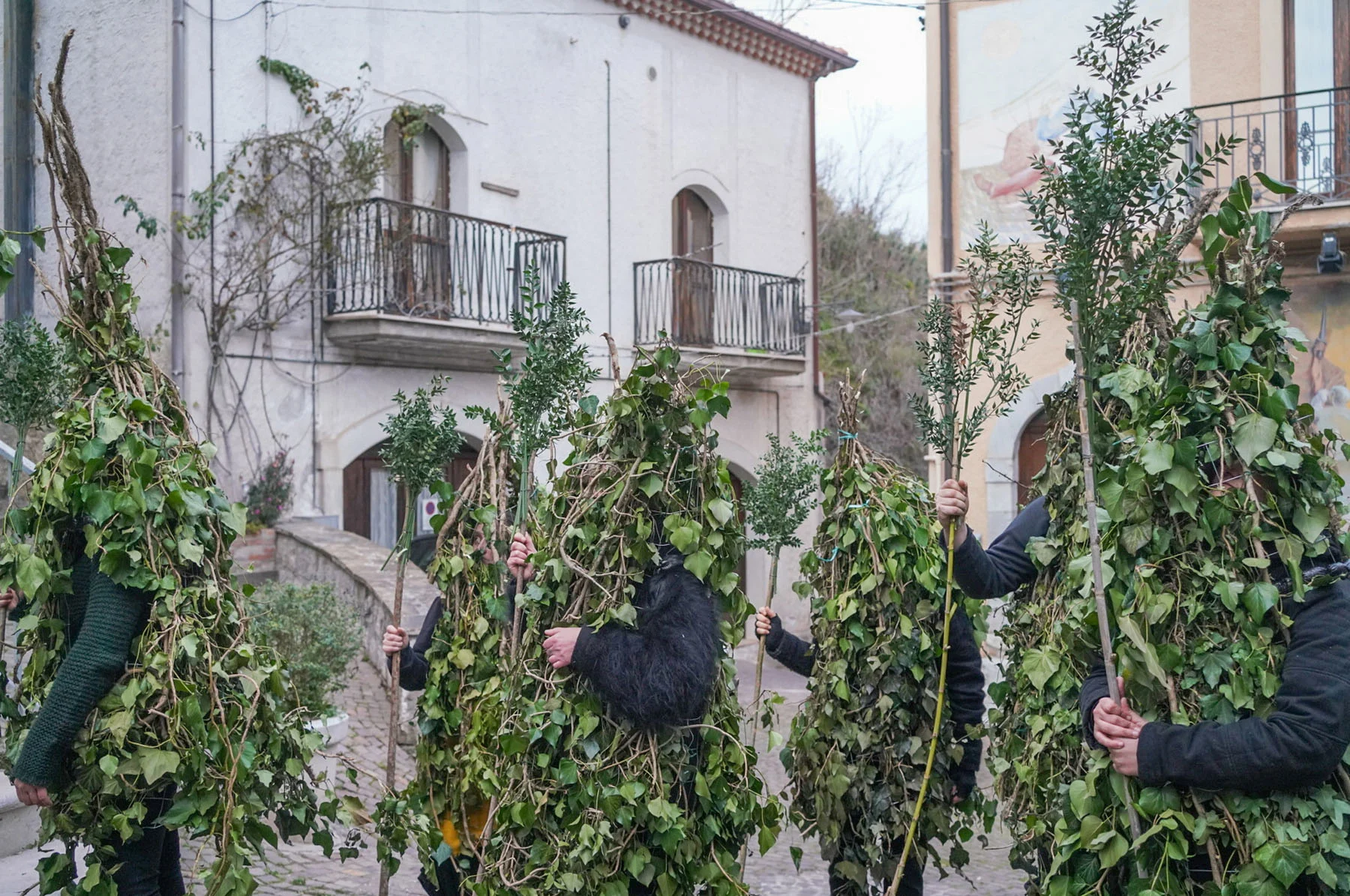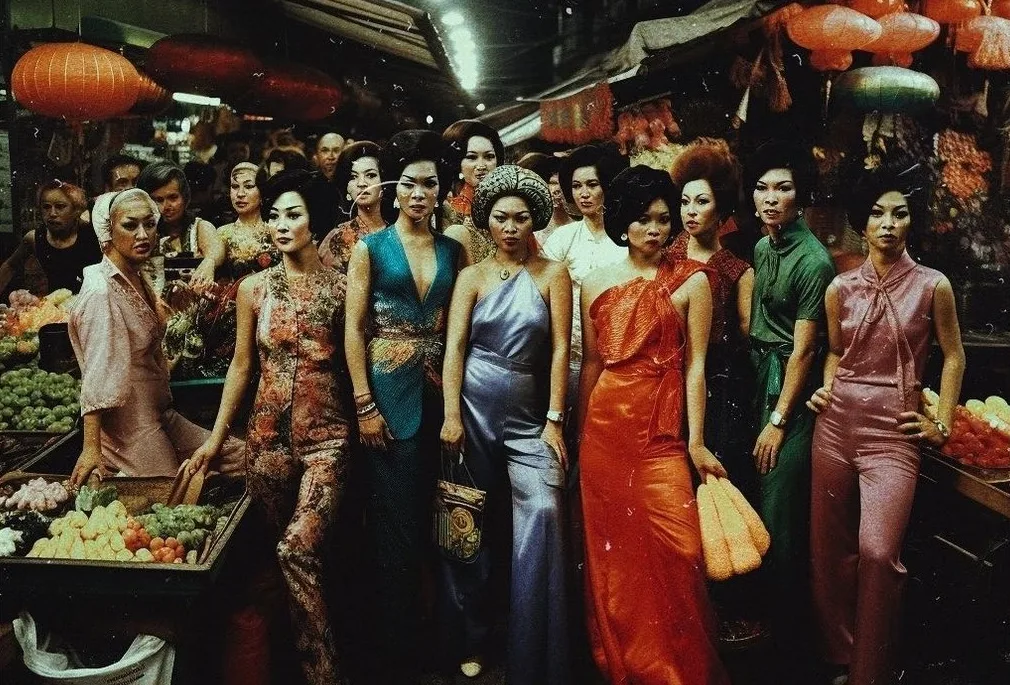

The Arabic script is one of the most diverse scripts; established over a thousand years ago, it is as much an art form as it is a practical, linguistic tool. Kristyan Sarkis, co-founder of TPTQ Arabic Type Foundry and Design Studio, is a Beirut-born, Amsterdam-based type designer and lettering artist, who blends traditional scripts with contemporary aesthetics. Here, Sarkis tells Dalia Al-Dujaili about the different approaches required for lettering and type design, and the need for the rich history of Arabic script to be revived.
Arabic script has many styles, developed over centuries for different purposes: From the Arabic in the Quran, which most native speakers struggle to read for its changing legibility over time, down to the stripped-back, standard Arabic on street signs and forms designed for legibility, it is perhaps one the most interesting scripts to design.
Kristyan Sarkis, co-founder of TPTQ Arabic Type Foundry and Design Studio, classifies Arabic scripts into two main categories: solid scripts, which are geometric and structured, such as the Kufic script, and fluid scripts, which are more calligraphic and expressive, such as Naskh and Diwani. Sarkis studied graphic design in his bachelor’s degree but was always drawn to type design. His passion was sparked by his teacher, Yara Khoury, who introduced him to the world of Arabic typography. After graduating, he worked at AlMohtaraf Studio, where he received his first type design project unexpectedly, before his master’s degree in type design in the Netherlands.


Two of Sarkis’ typefaces go some way to summarizing his approach to design. “Qandus is a type system that maps the development of the solid styles, also known as Kufi styles, from the early Eastern forms to the later Western (Maghribi) forms,” he says, while Mizan is a “type system that investigates information hierarchy in writing versus in typography.” Sarkis explains that as early as the 9th century different calligraphic styles in Arabic were created to be paired for display and text, a very advanced approach at the time. “Mizan explores a wide range of fluid styles to compare how hierarchy was created on the page in manuscript writing with how we have been creating typographic hierarchy in printed pages,” he continues, referring to a way of organizing text to highlight what is most important.
Sarkis explains that while graphic design and type design share some principles, they are distinct fields. Type design requires a deep understanding of letter construction, contrast and consistency. Unlike lettering, which can be more expressive and varied, type design is about creating a functional system that works across different contexts.
“All the letter combinations [in type design] have to work equally well and they have to be more consistent,” Sarkis tells me. “In lettering, you get to explore a lot more crazy forms because they only need to work in this one specific context.”


Sarkis tries to find a middle ground to blend traditional scripts with contemporary aesthetics. He describes his approach as a way to “look at all of this beauty that was lost throughout time and try to bring it back into a more contemporary voice.” This philosophy is evident in his lettering work, as is the case in “A Bird in the Hand,” where the lettering functions as an absence within the owl illustrations. Or “The Happiness Series,” which is as illegible as it is joyful, playful and colorful, making use of straight-edged vector illustrations.
“My lettering pieces are often a reaction to something,” Sarkis explains. “It could be something in my own personal life or it could be something like the state of the world or what’s happening around me.”

[I want to] look at all of this beauty that was lost throughout time and try to bring it back into a more contemporary voice.
The piece “My Back Has Eyes” is a prime example of this approach—inspired by themes of surveillance and oppression, it reflects not only Israeli occupation in Palestine, drawing inspiration from Palestinian women’s embroidery traditions called tatreez, but stands alongside other pieces which serve as an homage to persecuted communities. “The reason why I ended up doing it as tatreez was because I was mostly inspired by the strength of the Palestinian women where this is very prominent as a discipline.”
Sarkis sees Arabic type as inherently political. The “Latinization” of Arabic type during the Gulf’s economic boom led to an era where Arabic scripts were forcibly adapted to Western typographic structures. This resulted in an oversimplification of the script, stripping it of its historical contrast and diversity. Sarkis challenges this trend by reviving the richness of Arabic script, ensuring it reflects its own identity rather than imitating Latin models. “We went through a phase where Arabic looked exactly like Latin chopped off and turned into Arabic letters,” he says.


This led to the overuse of rectilinear square Kufi-inspired designs, reducing Arabic’s visual richness, and Arabic typefaces were stripped of contrast, erasing the natural pen strokes that define the script’s beauty. Western agencies began imposing their design aesthetics onto Arabic, ignoring its organic and historical forms.
Sarkis’ 2023 exhibition at the Stedelijk Museum Amsterdam reinforced his revival mission. Invited to take over the museum’s entryway walls, he used intricate Arabic lettering to challenge Western perceptions. “Together with Thomas Castro [the design curator at the museum], I discussed the misconceptions around the Arabic script and Islam in the West,” recounts Sarkis, “and decided to exhibit these specific pieces as a statement—to show that neither the script nor the religion should be threatening.”


Sarkis also emphasizes the crucial role that diacritical marks, or harakat, play in Arabic typography. While in many cases, these marks are used for clarity, Sarkis often employs them for artistic effect. In his collaboration with Moroccan-Belgian poet Hind Eljadid, for example, he used excessive diacritical marks in a triptych piece named “The World Around Us” to create a sense of suffocation, visually mirroring the poem’s theme of feeling trapped in an abusive relationship. “Sometimes they are used for functional reasons... but often in my lettering work, they are used as an expression for aesthetic reasons,” he explains.

In addition to his lettering and exhibitions, Sarkis’ foundry, TPTQ, plays a crucial role in shaping the future of Arabic typography. Alongside co-founder Peter Biľak of Typotheque, he collaborates with global designers to develop typefaces that honor the Arabic script’s beauty while making it relevant for modern use. TPTQ paused its typeface releases for over two years due to ongoing Israeli invasions in Lebanon and Palestine, but has recently resumed its work. Sarkis also runs a lettering workshop series with peers Khajag Apelian and Wael Morcos. Through these workshops, they educate designers on the diversity of Arabic script styles, encouraging experimentation with both solid and fluid structures to continually evolve the dynamic nature of Arabic lettering.

